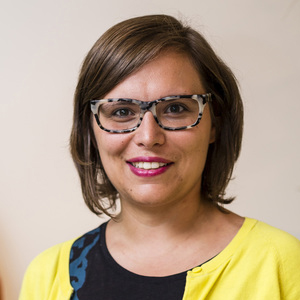The carnauba palm tree is known as the ‘árvore da vida’ or ‘tree of life’. Indigenous to the Brazillian state of Piauí, the tree produces a wax to protect its leaves from the loss of humidity through transpiration. This ‘queen of the waxes’ is used worldwide in the most diverse industries, from cars to computer chips and makeup. The wood of the tree serves as a construction material, and the sun-dried leaves is used in artisanal products. The tree is is a vital for the region's environment.
During July 2017, I invited three Belgian designers to live and work in Ilha Grande de Santa Isabel, an island in the magisterial setting of the Brazilian Delta do Parnaíba. It is the third largest delta in the world, after the Nile and Mekong.
 The result is Joias, a co-creation project between the Belgian designers and the Brazilian artisans specialised in working with the fibres of the carnauba palm. The project is on show during Design September, from September 6 to 20, at Desmet Gallery in Brussels.
The result is Joias, a co-creation project between the Belgian designers and the Brazilian artisans specialised in working with the fibres of the carnauba palm. The project is on show during Design September, from September 6 to 20, at Desmet Gallery in Brussels.
As curator, I selected designers with different backgrounds. Sep Verboom specialises in social and ecological projects with communities around the worldwith his label Livable. Linde Freya and her studio Destroyers/Builders strives to reveal the sensual power of the often natural and recycled materials she uses. As a textile designer Laura Caroen sought to apply her knowledge of connecting techniques to the natural fibres of the carnauba palm.
 Caroen stimulated the artisans to create technically more challenging shapes for her Veia collection, which is inspired by the many details of the local plants. Freya based her Lagoa collection, a series of baskets, on the shape and colours of the small lakes in the impressive dunes of Lençóis Maranhenses. In his Tribo tables, Verboom refers subtly to the trunk of the carnauba tree itself, and to the importance of the tree for the community.
Caroen stimulated the artisans to create technically more challenging shapes for her Veia collection, which is inspired by the many details of the local plants. Freya based her Lagoa collection, a series of baskets, on the shape and colours of the small lakes in the impressive dunes of Lençóis Maranhenses. In his Tribo tables, Verboom refers subtly to the trunk of the carnauba tree itself, and to the importance of the tree for the community.
All these collections are the results of a co-creation process with the artisans of Trançadas da Ilha. It’s especially this human dialogue that gives the objects their strong emotional appeal. Through Joias, I wanted to emphasise the power of the artisanal traditions in Brazil, and to strive for a global dialogue without losing local identity and culture.


During July 2017, I invited three Belgian designers to live and work in Ilha Grande de Santa Isabel, an island in the magisterial setting of the Brazilian Delta do Parnaíba. It is the third largest delta in the world, after the Nile and Mekong.

As curator, I selected designers with different backgrounds. Sep Verboom specialises in social and ecological projects with communities around the worldwith his label Livable. Linde Freya and her studio Destroyers/Builders strives to reveal the sensual power of the often natural and recycled materials she uses. As a textile designer Laura Caroen sought to apply her knowledge of connecting techniques to the natural fibres of the carnauba palm.

All these collections are the results of a co-creation process with the artisans of Trançadas da Ilha. It’s especially this human dialogue that gives the objects their strong emotional appeal. Through Joias, I wanted to emphasise the power of the artisanal traditions in Brazil, and to strive for a global dialogue without losing local identity and culture.


















